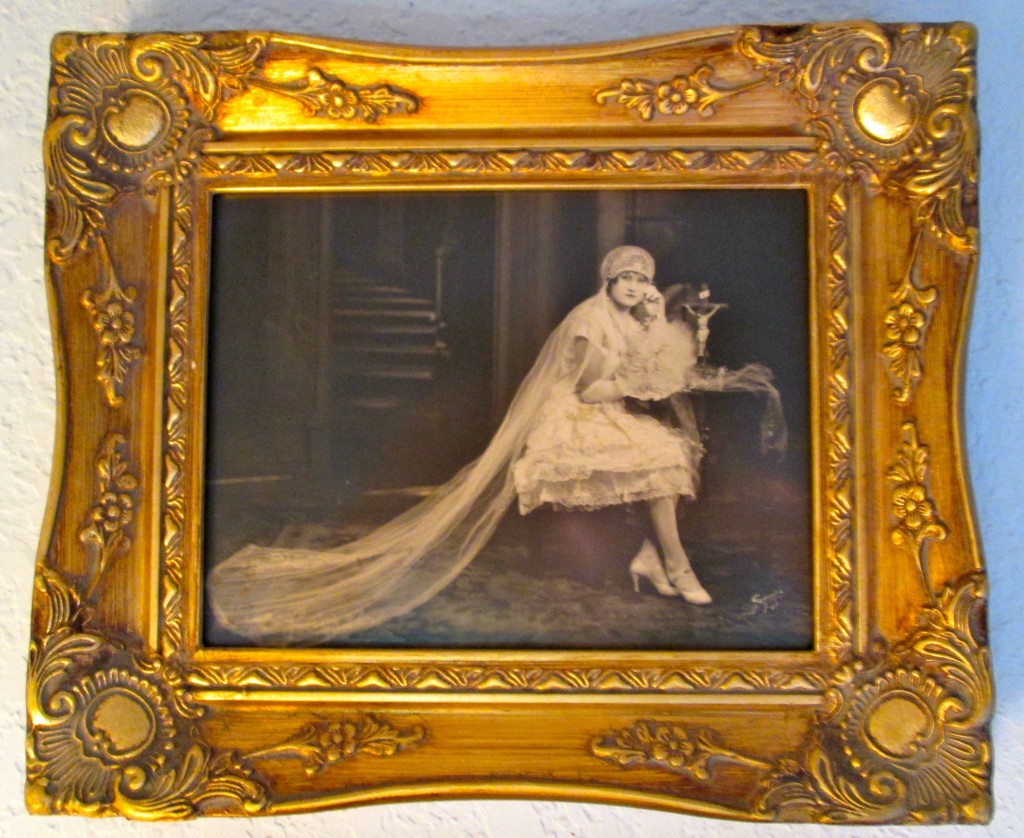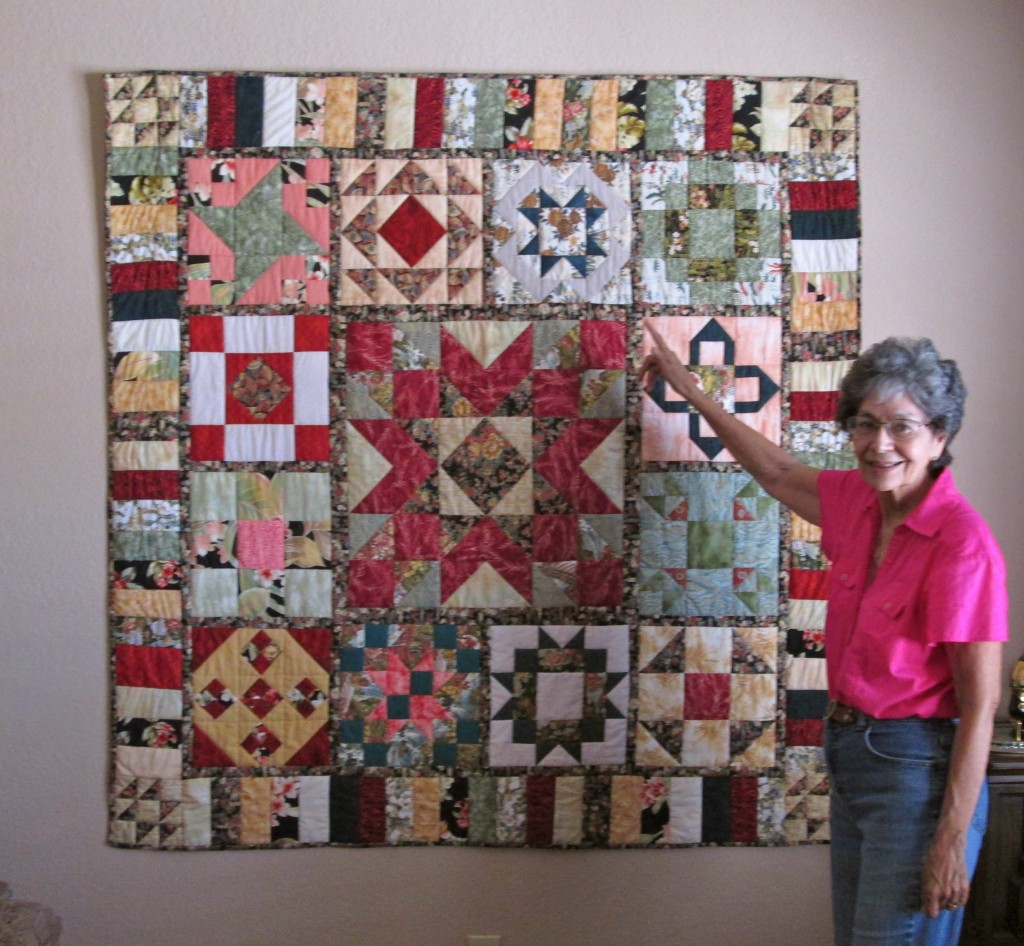One Friday afternoon in May 1999, when the core group of women from Centre Benkady, a local women’s center, was at my home in Ségou, Mali, for a lesson on how to make mango jam, a few of the women stopped in my living room to admire a child-size bed quilt I’d hung on the wall.
It was a quilt I’d made the year before while serving in the Peace Corps in Gabon, Central Africa; it was my first, amateurish, patchwork-quilted effort, colorful, yet valuable only to me.
“What is this called?” Ami, a tall, regal Malian woman, head seamstress of the women’s center, asked me in French, pointing to the wall quilt, then circling her strong brown hand over the pinwheel block design made of wild African fabrics. “This technique?”
“Patchwork,” I told her.
“Le Patch-work?” She mulled the foreign term over slowly and then announced to me firmly, “We want to learn how to do it. We must learn this.” …
I still have the notes from my first reading from my Mali book, HOW TO MAKE AN AFRICAN QUILT: The Story of the Patchwork Project of Ségou, Mali, which I gave to a group of quilters in Talpa, New Mexico, near Taos, soon after the book came out in early 2013. I began by reading from the book’s Prologue (above), about how the Patchwork Project came to be, and I followed with a Power Point presentation showing photos from the project and samples of the Malian seamstresses’ handiwork.
Among the women in that Talpa audience of avid quilters was a woman from El Paso, Texas, named Delma Barron, who was visiting her daughter in Taos. Delma and I subsequently developed a friendship, and she invited me to visit her in El Paso to speak to her quilting guild there. She became one of my first WOW interviewees in 2014 when she was 77, and she has remained a dear friend over these years.
“I come from a large family that has been very supportive to me and has provided me with excellent role models,” she told me proudly in that 2014 WOW interview. “I like the way they’ve lived and how they’ve viewed life. I want to be like them – to have a good outlook and live a good older life – because I plan to.”

Delma’s lifelong love of quilting — by 2014 she’d made over 100 bed-size quilts — she told me, is closely tied to her love of family. “I was raised in a quilting family,” she said. “My mother and my aunts quilted. My grandmothers on both sides of my family were quilters. My great-grandmother was a quilter. I learned to love quilts from them – the value of their warmth, both physical and emotional.”

Delma explained at that time that her quilting guild of 60+ members met each month for their regularly scheduled meetings, when creative projects and ideas are shared and sometimes guest speakers, like me, are invited. Then every Monday a smaller group of quilter friends meets separately, a little like an old-fashioned quilting bee.
The women in her Monday group “are family,” Delma told me, “not blood family but family nevertheless. We’re there for each other. I think it’s really important for people to find friends whom they can relate to, share with, and laugh with. These friends become family.”
Before emigrating to Mexico in 2015, I drove down from Taos to visit Delma in El Paso again — eight hours, door to door — and brought with me my personal library of quilting books and boxes of quilting fabric and supplies to give to her guild. I met and was embraced by her quilting family and felt the same sort of quilting-sisterhood I’d felt in Mali.
Last November Delma turned 87. She reports to me that she is still in her own home in El Paso (where I always have a home, she told me), still doing her own housework and gardening, still walking most days, still meeting with her quilting “family” each week, still cherishing her visits with her beloved “blood family” near and far. She admits she’s slowed down on sewing new quilts because, she says, she still has several quilt tops she needs to hand-quilt.
“It seems as if I’m outliving my parents, aunts and uncles and now some cousins,” she wrote to me recently. “I stay healthy and busy and feel very blessed with such good health at my age.”
It’s clear to me that my friend and role model Delma is living “the good older life” she’d planned to live.
~ ~ ~ ~ ~ ~ ~ ~ ~ ~
- To see my 2014 interview with Delma, go to: https://blog.bonnieleeblack.com/delma-barron/ .
- To search the WOW archives for previous posts, go to: https://blog.bonnieleeblack.com/ .
